It is an established fact that, the 2022 Calendar is the same as the Calendar of 1983. The economic difficulties Ghanaians experienced in 1983 are almost playing back in 2022.
Between 1980 and 1982, there was a Global Recession which was widely considered to be the most severe recession since World War II. This recession was largely caused by the 1979 Energy Crisis as a result of the Iranian Revolution.
The Iranian Revolution caused a disruption to the global supply chain leading to high Oil(fuel) Prices, stagflation(it is situation for experiencing High inflation and unemployment rates) and high cost of living around the world. The Rich Nations at the time such as USA, Canada, West Germany, Italy, Japan, UK etc. experienced a high double-digit inflation rates.
Fast forward to the 2022, the events of global COVID-19 pandemic between 2019 to 2021 and 2022 Russia-Ukraine War have significantly impacted the economy of many countries around the world and Ghana is not an exception.
Just like in 1982/1983 Recession, Countries such USA, UK, Italy, Turkey, Germany and others have experienced a high double-digit inflation rates for the year 2022 due to the ongoing global economic crisis.
PNDC/NDC Leadership in 1983
During the 1983 severe famine and drought in Ghana, PNDC/NDC was in power. Ghana's Inflation in 1983 was 122.87%, the highest Inflation rate ever recorded in the history of Ghana.
During the 1983 Economic crisis in Ghana, there was:
- Severe Shortage of Food, Groceries and commodities of all kinds.
Some people had money but there was unavailability of foodstuff to buy. According to several literatures, it was even extremely difficult to get a Gari & Beans ("Gobe") to buy during the era of the 1983.
The poor suffered the most.
- Severe Shortage of quality drinking water and it was even worse in the Northern part of Ghana.
- Difficult in the distribution and supply of electricity.
- Severe hardships coupled with high cost fuel and high unemployment rate.
- Depreciation of the Cedi.
- Severe Shortage of Fuel.
- No free SHS, and no free TVET.
- No 1 District 1 Factory Policy (non-existent of Government sponsored factories).
- Unrest and Military harassing civilians.
Rawlings Government therefore accepted a stringent IMF and World Bank loan, and instituted the Economic Recovery Programme (ERP). The ERP failed to address the economic challenges of Ghana.
In 1986 and 1987, Rawlings went back to the IMF on two separate occasions with two Programmes namely:
Structural adjustment facility commitment and extended fund facility.
In all, out of the 17 times that Ghana has been to the IMF, PNDC/NDC has been to IMF for 10 Times (1983, 1986, 1987(twice), 1988, 1995, 1999, 2009 and 2015).
Despite all the Funds made available to the NDC by the IMF, the NDC failed to build a better Ghana. It took NDC 17 years (1983-2000) to address the effects of the 1983 Crisis in Ghana.
PNDC/NDC Government FAILED to provide Free Food to Ghanaians during the 1983 crisis.
PNDC/NDC Government FAILED to provide Free Water and Electricity to Ghanaians during the 1983 Crisis.
PNDC/NDC Government FAILED to implement Free SHS Policy and Free TVET during the 1983 crisis.
NPP Leadership between 2020, 2022
The 2022 economic crisis in Ghana largely attributed to the ongoing War in Ukraine just like the 1979 Iranian Revolution has resulted in high cost of fuel, food and depreciation of the Cedi.
However, it is important to submit that despite the ongoing high cost of living conditions in Ghana there is:
- No Shortage of Fuel as it happened in 1983.
- No shortage of Food, Groceries and commodities on the market.
- No shortage of quality drinking water.
- No Dumsor
- No unrest…
Source//sompaonline//Eric Murphy Asare




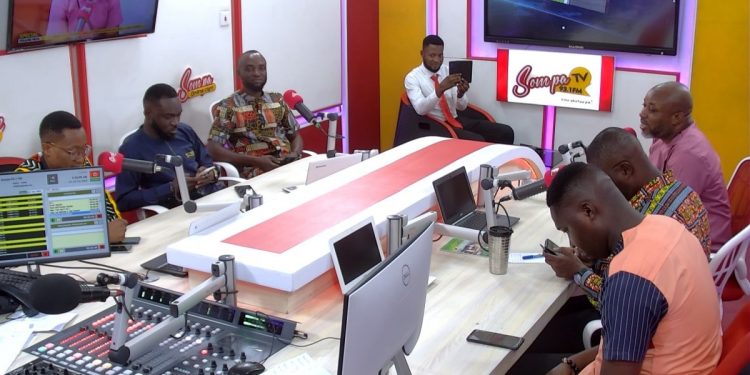
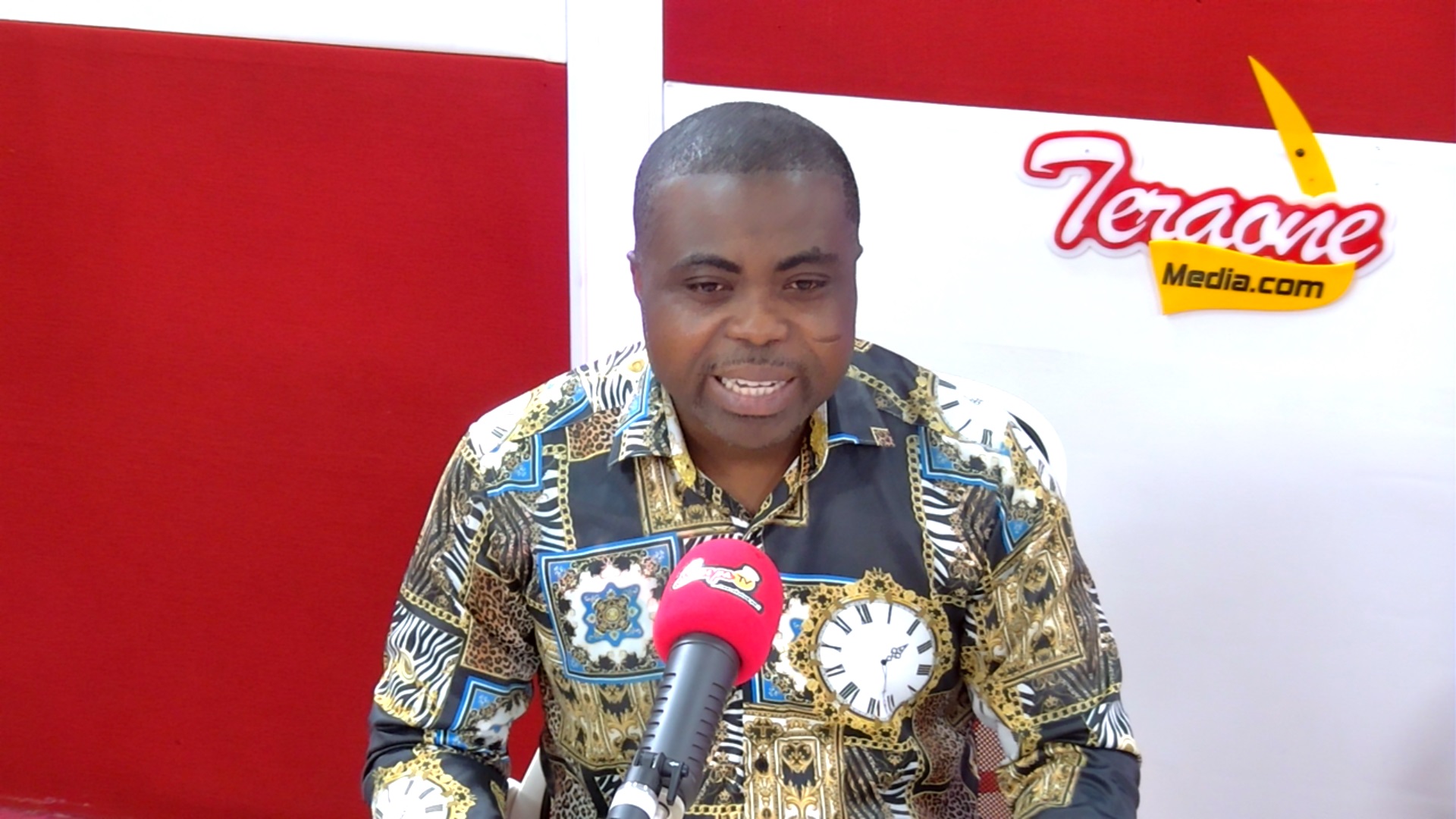
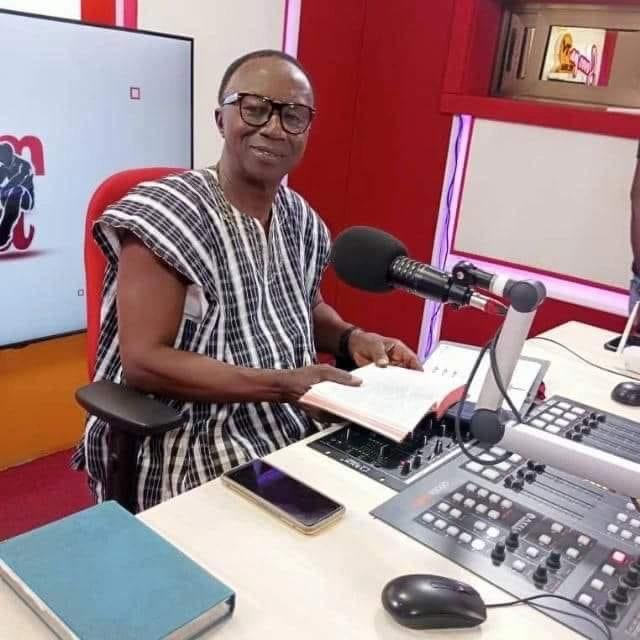
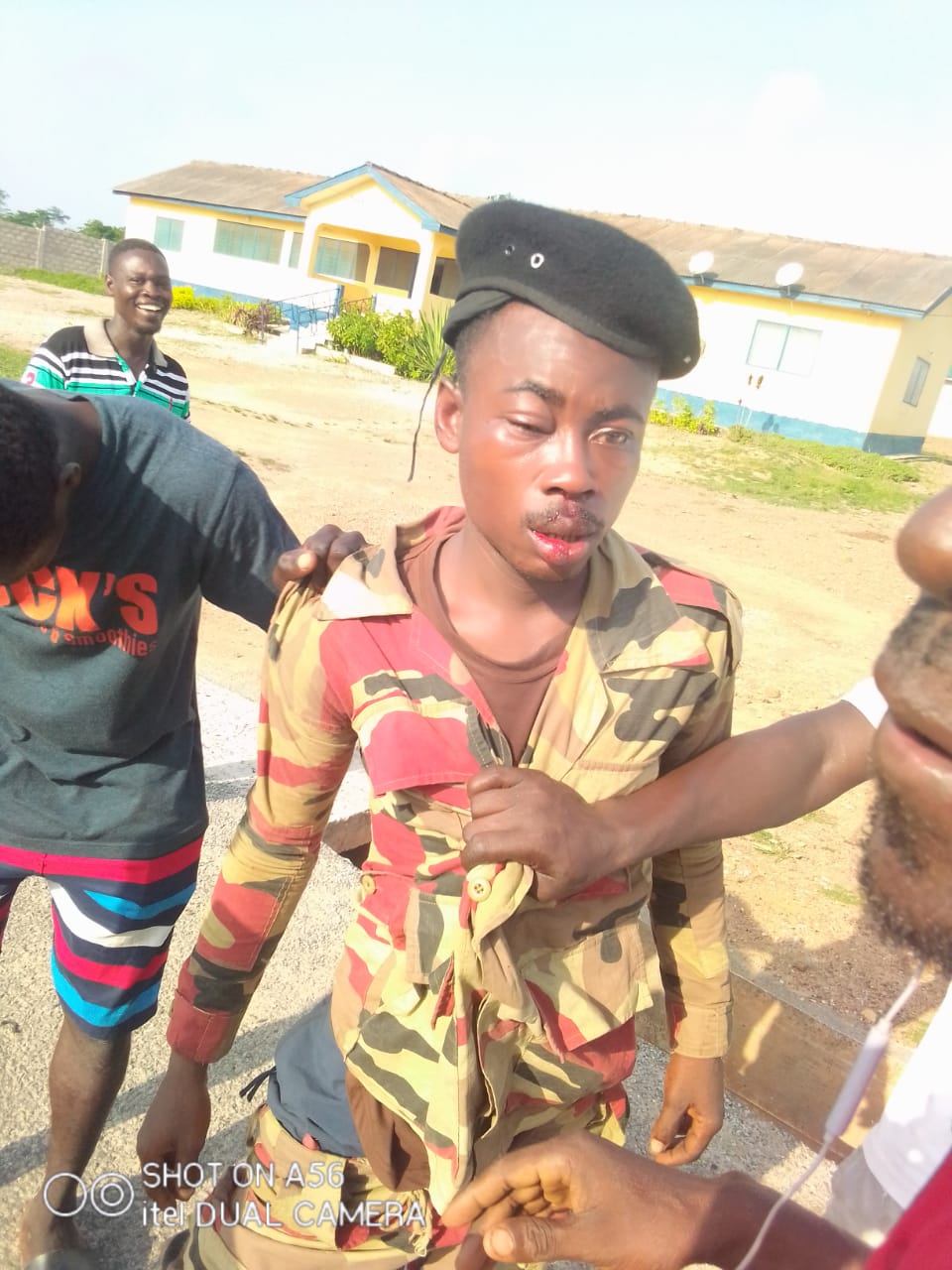
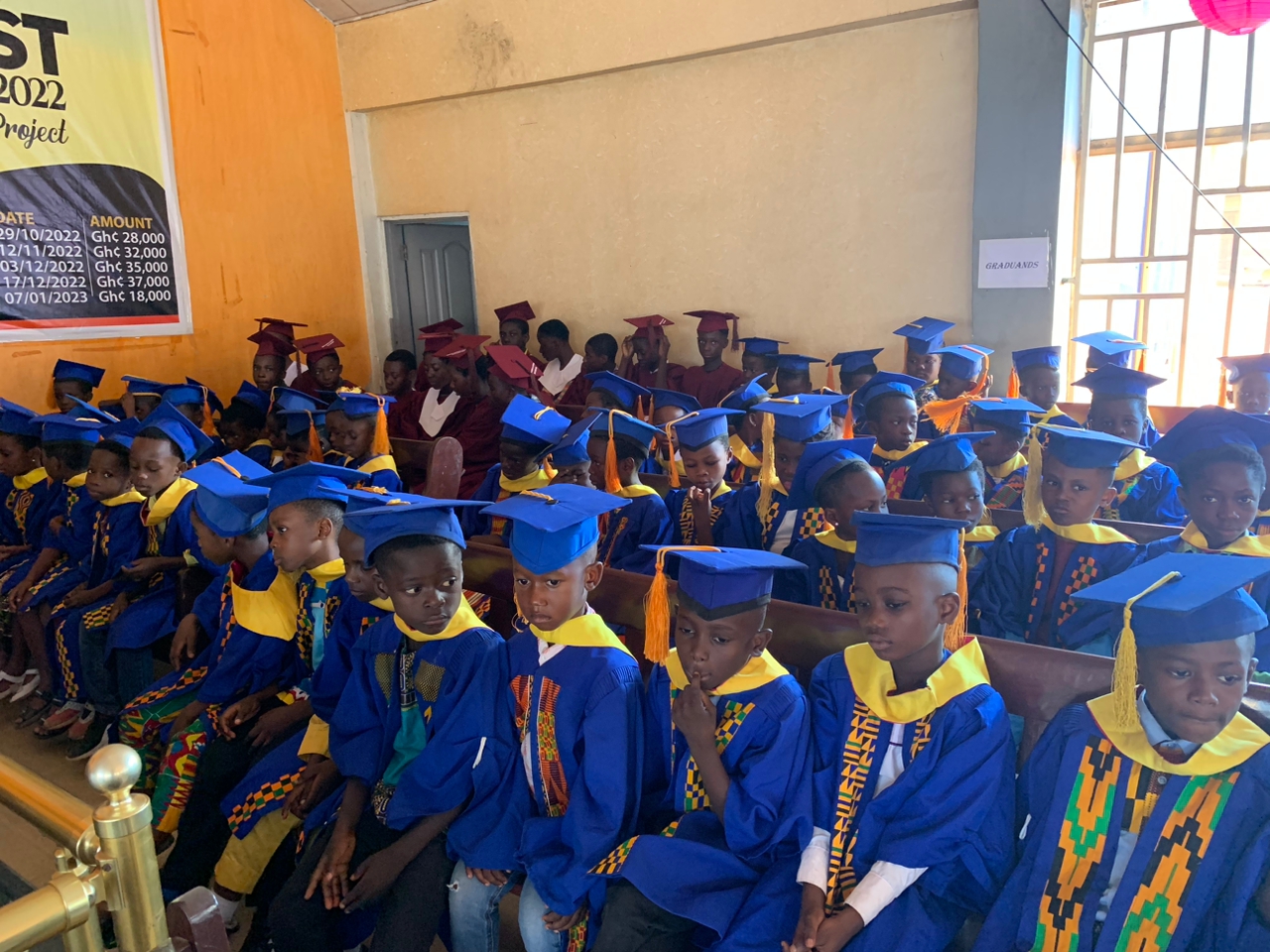


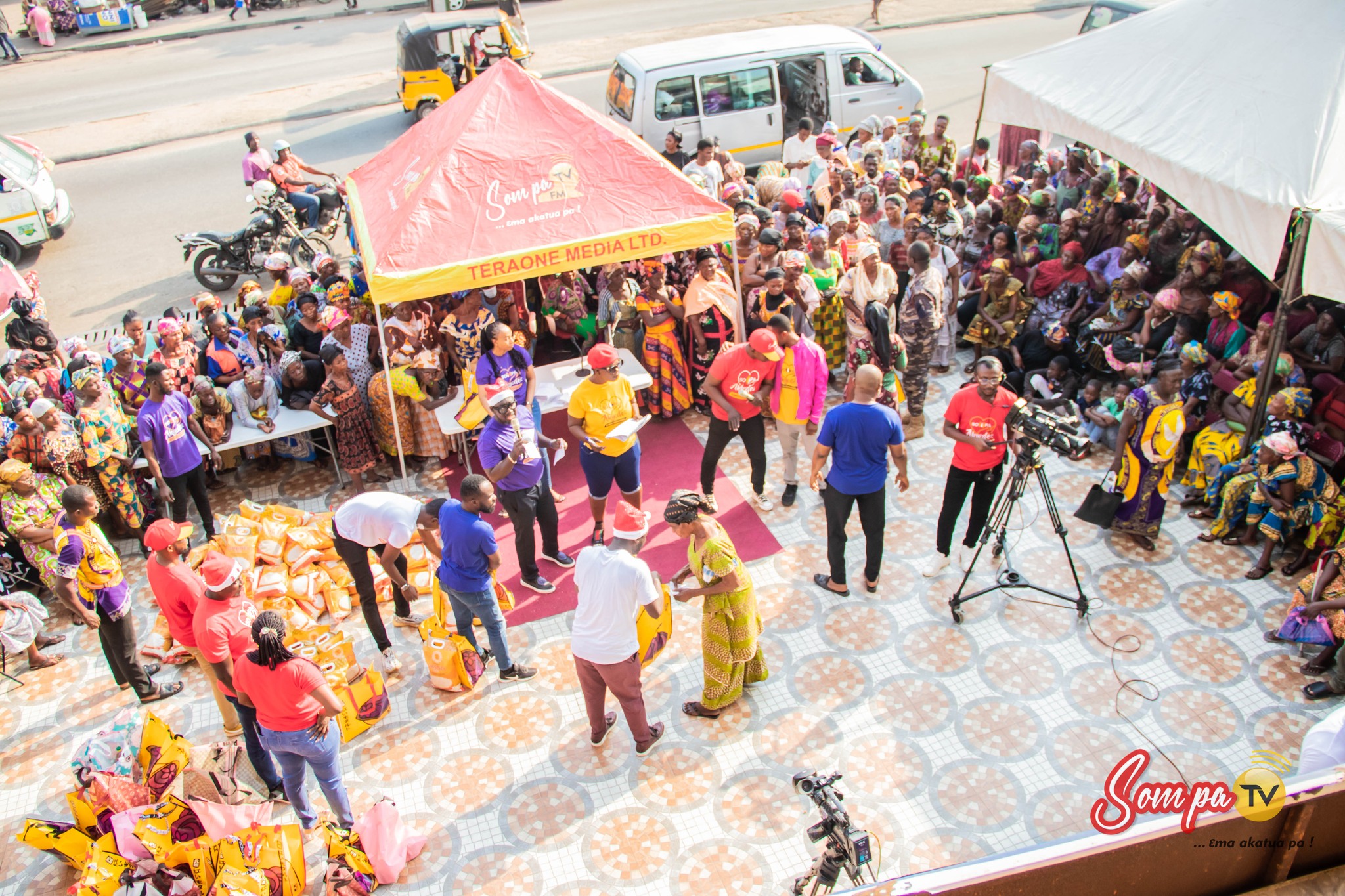

 Sompaonline.com offers its reading audience with a comprehensive online source for up-to-the-minute news about politics, business, entertainment and other issues in Ghana
Sompaonline.com offers its reading audience with a comprehensive online source for up-to-the-minute news about politics, business, entertainment and other issues in Ghana